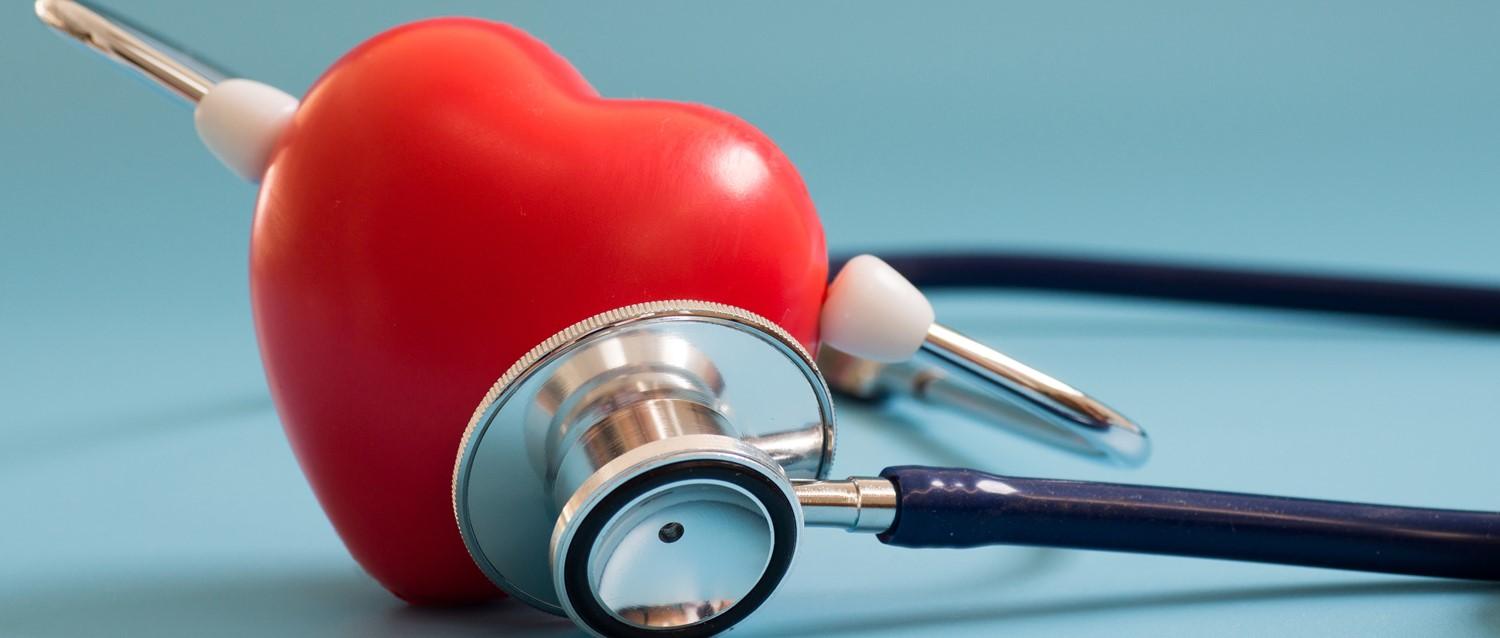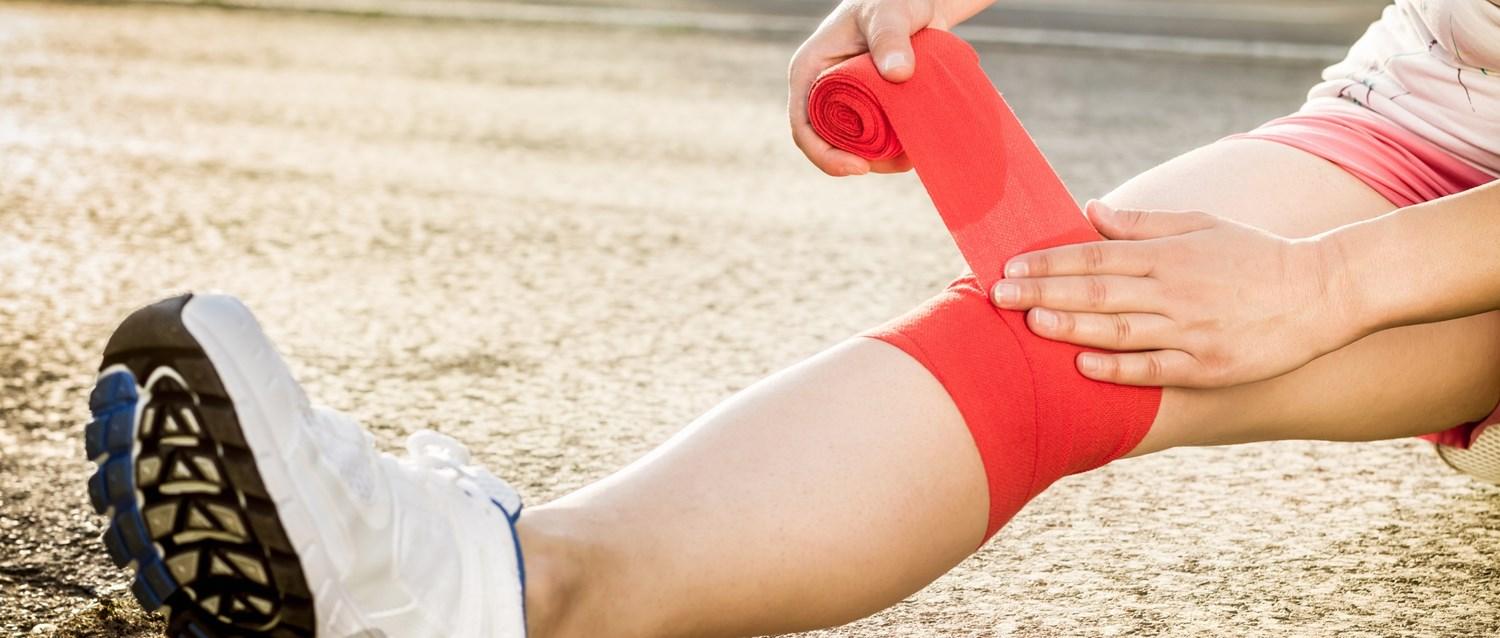
What should you do if someone goes into cardiac arrest?
Peer reviewed by Dr Sarah Jarvis MBE, FRCGPLast updated by Emily Jane BashforthLast updated 10 Dec 2021
Meets Patient’s editorial guidelines
- DownloadDownload
- Share
- Language
- Discussion
Every year 30,000 people have a cardiac arrest in the UK. If someone is unresponsive and you find they are not breathing, they could be in cardiac arrest. In these situations, it's understandable why we panic and become flustered. However, it's vital we can spot the signs and know exactly what to do to ensure someone has the best chance of survival.
In this article:
Continue reading below
What is cardiac arrest?
A cardiac arrest is when the heart stops beating suddenly, and stops pumping blood around the body to your organs, including the brain. Without treatment, a person will die within minutes.
A cardiac arrest can happen to anyone, anywhere, at any time; however, around 80% happen in the home. The average age of someone having a cardiac arrest is 66 years and they are more common in men than in women.
How can you tell if someone is having a cardiac arrest?
Signs of a cardiac arrest
These are if someone is:
Unresponsive.
Not breathing normally.
Showing no movement or signs of life.
The main causes of a cardiac arrest
A heart attack.
Congenital heart disease.
Inflammation of the heart muscle.
Heart valve disease.
Resuscitation Council UK explains that a cardiac arrest is not the same as a heart attack.
While a cardiac arrest is the heart stopping beating altogether, a heart attack occurs when one of the coronary arteries becomes blocked. If this is left untreated and the muscle of the heart is deprived of vital blood, some of that muscle will die because it is not getting enough oxygen.
A serious heart attack can lead to a cardiac arrest.
A cardiac arrest may also be the result of a drug overdose, electrocution, losing a lot of blood or experiencing a severe drop in oxygen levels.
Continue reading below
What should you do when someone goes into cardiac arrest?
It is vital to act immediately if you see someone go into cardiac arrest, as every second counts. For every minute without CPR or defibrillation, a person's chances of survival decrease by up to 10%.
"This is something we want to see change. But to increase survival rates, we need people to recognise cardiac arrest quickly and know how to do CPR," says Resuscitation Council UK.
They stress that the most important thing to do initially is to call for help and ring 999.
The primary survey
If you find someone has collapsed, you should perform a primary survey to quickly assess the situation and what you need to do. You can remember each stage with DR ABC: Danger, Response, Airway, Breathing and Circulation.
Danger
Before approaching the casualty, check your surroundings and make sure the area is safe.
Response
Check if the person is responsive or unresponsive. Introduce yourself as you walk over, asking them questions. Kneel down next to them and shake their shoulders gently, asking what happened. Tell them to open their eyes, and if they can do so or can give another gesture, they are responsive. Otherwise, they are unresponsive and should be treated quickly.
Airway
Check that the person's airway is open and clear. Open their airway by placing one hand on their forehead to tilt their head back, and two fingers on your other hand to lift their chin. If they remain unresponsive, move straight on to check their breathing.
Breathing
Check if the casualty is breathing normally. Because of the current COVID-19 pandemic, you should avoid the standard practice of placing your ear next to their mouth to listen and feel for breathing. Instead, look down at their body to see if their chest moves, and spend 10 seconds listening for breaths or put your hand close to their mouth to see if you can feel their breath on your hand.
If they remain unresponsive, call 999 for emergency help and tell the call handler you are with someone who is not breathing. You should start CPR straightaway, and the call handler can tell you where the nearest defibrillator is. If the casualty is breathing, move on to circulation.
Circulation
Only if the person is breathing should you move on to check circulation. Otherwise (as in the case of cardiac arrest), move straight on to performing CPR.
Continue reading below
How to perform CPR
COVID-19 precautions
Following the pandemic, the way you go about performing CPR might be different to normal.
Resuscitation Council UK highlights the risk of cross infection, particularly when CPR is carried out on an unknown victim and associated especially with giving rescue breaths.
"Normally, this risk is very small and is set against the inevitability that a person in cardiac arrest will die if no assistance is given," they say.
If COVID-19 is suspected, inform the call handler when you ring 999. You should wear personal protective equipment (PPE), such as a mask, if you are able to.
To minimise the risk of infection, follow the below guidance:
Do not place your face close to the casualty's. If your primary survey shows they are unresponsive and not breathing, shout for help and call 999 or 112 for emergency help while you perform CPR. Do not leave the person by themself, and ask a helper to fetch a defibrillator. If you are alone, allow an ambulance to bring one.
Before beginning CPR, place a towel or item of clothing over the patient's nose and mouth.
To perform CPR, kneel down next to the casualty and place the heel of your hand in the centre of their chest. Interlock your fingers with your other hand on top of the first. Do not touch the ribs.
Next, keeping your arms straight and leaning over the person, press down hard by 5-6 cm before releasing the pressure, allowing the chest to rise back up. You can do this to the beat of the song Staying Alive to get the correct rhythm.
Do not give rescue breaths.
Continue performing CPR until the defibrillator asks you to pause while it re-analyses and gives another shock if needed, a paramedic arrives and gives you instructions, or the person shows signs of life.
After performing compression-only CPR, you should wash your hands thoroughly with soap and water. It's also advisable to seek advice from a medical adviser.
Using an automated external defibrillator (AED)
When a helper fetches a defibrillator, ask them to switch it on and take the pads out while you carry on performing CPR. Remove or cut through the casualty's clothing and wipe away any sweat to attach the pads on their bare chest. The first pad should be on the upper right below the collar bone, with the second on the left side below the under arm. The voice of the defibrillator will instruct you with what to do.
The defibrillator will analyse the casualty's heart rhythm and tell you when a shock is needed. You should tell others to stand back while you use the defibrillator. After the shock has been given, the defibrillator will tell you to continue CPR for two minutes before it re-analyses.
If the defibrillator tells you that a shock is not needed, continue with CPR for two minutes before the defibrillator re-analyses.
If the casualty begins to display signs of being responsive, such as coughing, opening their eyes, speaking, or normal breathing, put them in the recovery position. Leave the defibrillator attached and monitor their level of response, prepared to give CPR again if necessary.
"The chances of someone surviving a cardiac arrest are highest when the cardiac arrest is witnessed, a bystander starts CPR and a public access defibrillator is used.
"Sadly, currently fewer than 10% of people who have an out-of-hospital cardiac arrest survive to hospital discharge. If more members of the public recognised someone in cardiac arrest and acted immediately, survival rates would improve. That's why we encourage everyone to learn CPR," says Resuscitation Council UK.
What should you do if you experience heart attack symptoms while alone?
If you go into cardiac arrest, you will be unconscious and not breathing normally, so you won't be able to call for help yourself.
As a heart attack can lead to a cardiac arrest, if you are experiencing symptoms of a heart attack, call 999.
The symptoms of a heart attack
Chest pain.
Feelings of tightness, squeezing or pressure in the centre of the chest.
Pain travelling from the chest to other body parts, such as the arms, jaw or abdomen.
Feeling faint.
Feeling or being sick.
Coughing.
Intense feelings of anxiety - similar to a panic attack.
What might the treatment process be for cardiac arrest?
Resuscitation Council UK stresses how important it is for every step in the chain of survival to be put in place:
The early recognition of a cardiac arrest.
Early CPR.
Early defibrillation.
Access to post-resuscitation care.
The aims of post-resuscitation care are to optimise a person's ventilation and circulation, preserve their organ and tissue function, and maintain their blood glucose levels.
Can cardiac arrest be prevented?
"A sudden cardiac arrest can happen without warning. Most underlying cardiac issues that cause arrhythmias are undiagnosed, as individuals don't show signs and symptoms before their cardiac arrest.
"For those with cardiovascular disease, diabetes, or kidney disease it's about good health promotion and a healthy lifestyle to help reduce the risks," says Resuscitation Council UK.
Some general tips for keeping your heart healthy are:
Eat a balanced diet.
Stay physically active.
Drink alcohol in moderation.
Control your cholesterol and blood pressure.
Patient picks for First aid

Treatment and medication
4 first aid tips for a safe and merry Christmas
It’s that time of year we’ve all been waiting for - a chance to unwind and enjoy our favourite Christmas traditions. But even with the cosy, carefree vibes, it’s worth remembering that Christmas can actually bring a few extra hazards into your home. So as the festivities ramp up, St John Ambulance is sharing some down-to-earth first aid tips to help keep the season happy and safe.
by Victoria Raw

Treatment and medication
What supplies do you need for a sports first aid kit?
Sport often tests the limits of our physical abilities, sometimes resulting in injury, so a dedicated first aid kit can really come in handy for quick, effective relief. But deciding on the contents can be challenging, given that they are often dictated by the sport in question.
by Danny Chadburn
Continue reading below
Article history
The information on this page is peer reviewed by qualified clinicians.
10 Dec 2021 | Latest version
10 Dec 2021 | Originally published

Ask, share, connect.
Browse discussions, ask questions, and share experiences across hundreds of health topics.

Feeling unwell?
Assess your symptoms online for free
Sign up to the Patient newsletter
Your weekly dose of clear, trustworthy health advice - written to help you feel informed, confident and in control.
By subscribing you accept our Privacy Policy. You can unsubscribe at any time. We never sell your data.